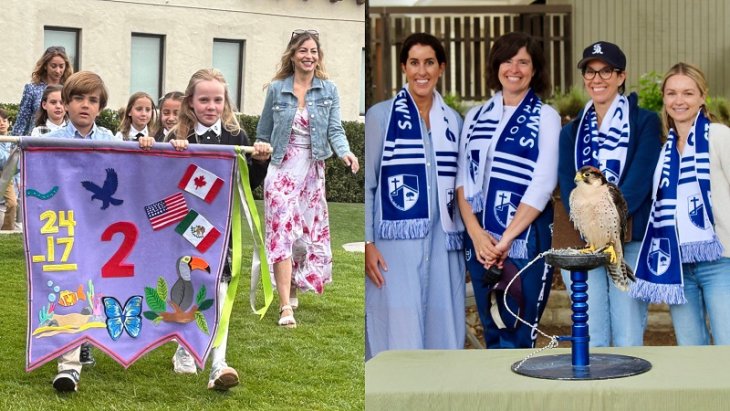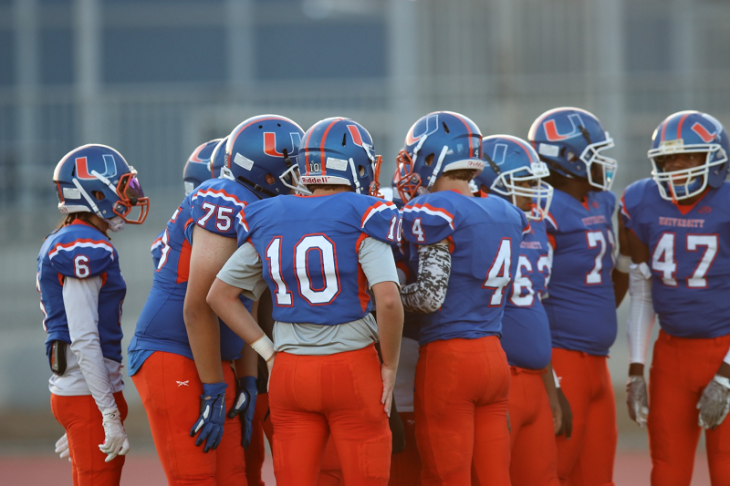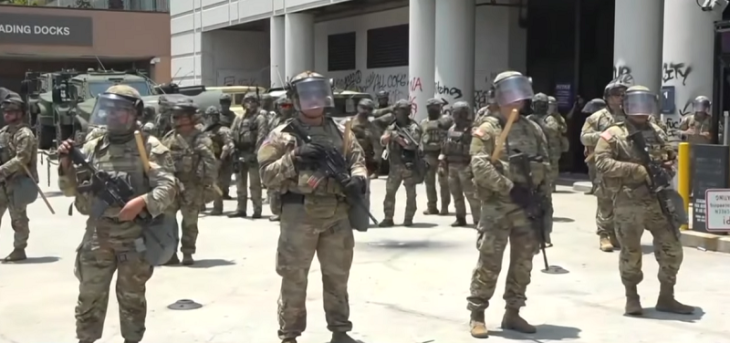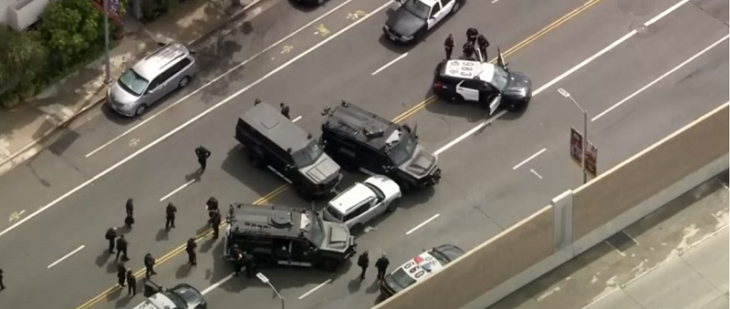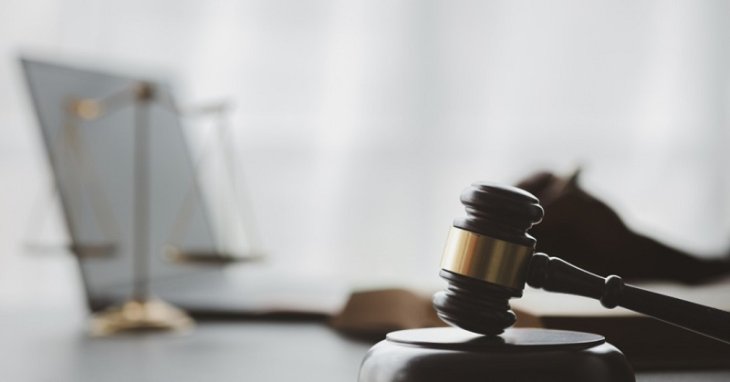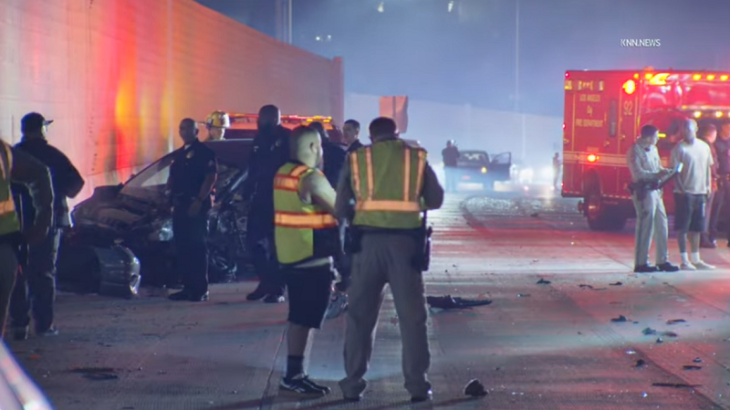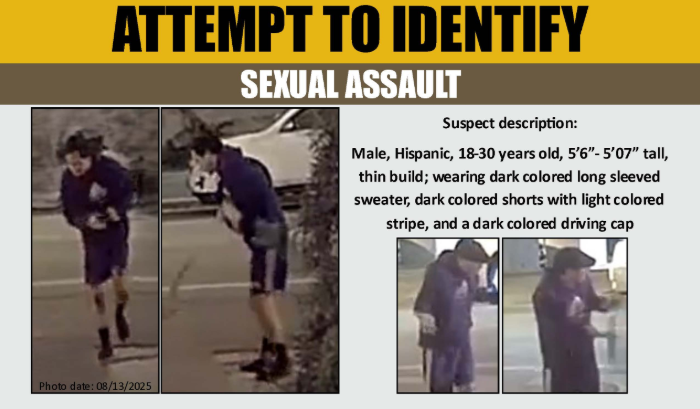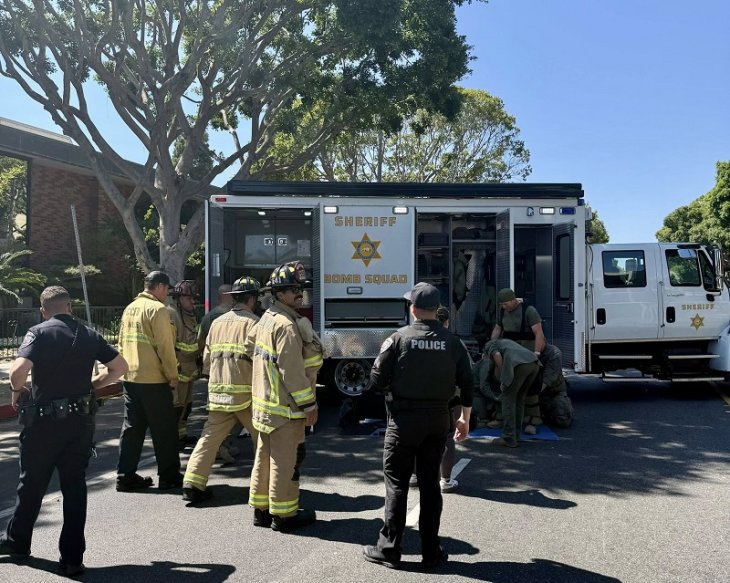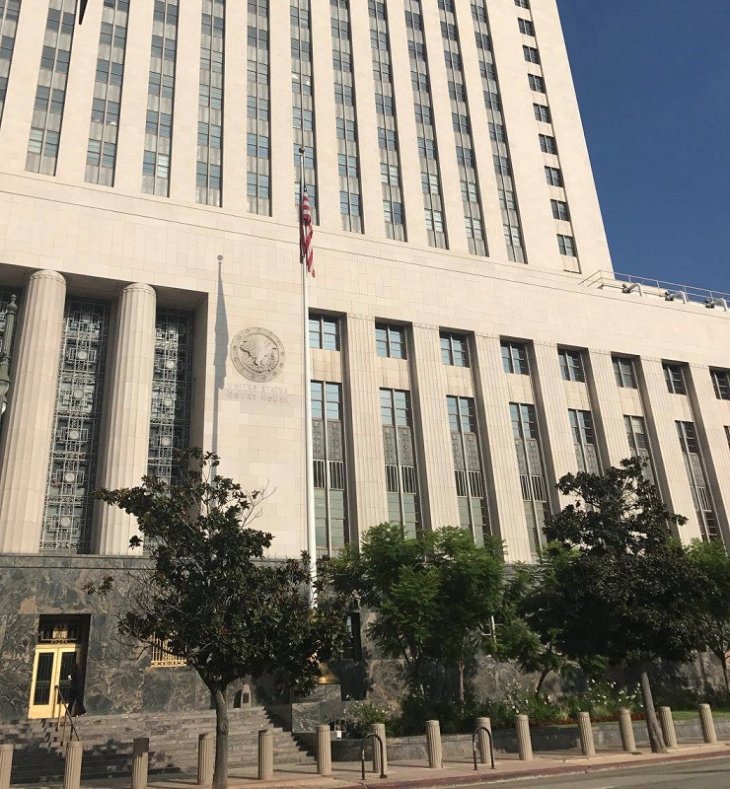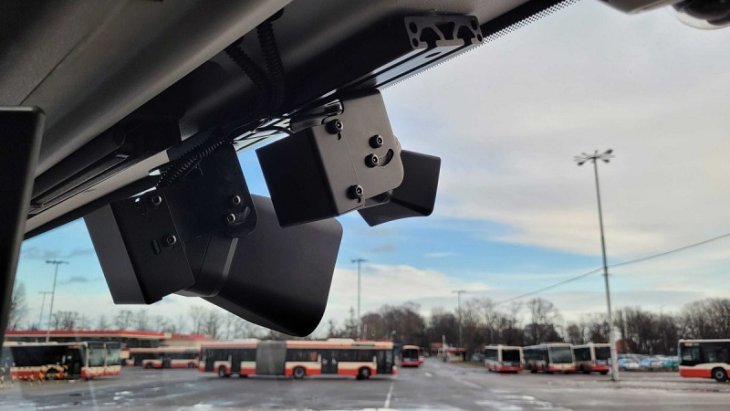The 38th annual KwanZaa Gwaride parade was held along Crenshaw Boulevard on Friday to mark the start of the seven-day African- American festival of Kwanzaa with the theme of “Perfect YOUR Temple.”
The theme represents “a call to arms in our constant and ongoing efforts to ‘perfect’ our lives,” with temple referring to our bodies, according to organizers.
The gwaride began at the corner of Crenshaw and Adams boulevards, headed south along Crenshaw to Leimert Park, where a “Black Lives Matter” rally was held.
The gwaride featured drill teams and people carrying signs and banners dealing with such issues as police brutality, home foreclosures, judicial corruption, transparency in government and environmental racism, according to organizers.
Pastor K.W. Tulloss, the senior pastor of the Weller Street Missionary Baptist Church and Los Angeles President and Western Regional Director of the National Action Network, was the oba (king). Social commentator and syndicated newspaper columnist Jasmyne Cannick was the iyaba (queen).
Other Kwanzaa activities include an Umoja (Unity) Celebration & Candle Lighting Ceremony at 6:30 p.m. tonight at the African American Cultural Center at 3018 W. 48th St. in South Los Angeles, and the 13th annual Block Party, Kwanzaa Heritage Festival & Candle Lighting Ceremony in the 4300 block of Degnan Boulevard in Leimert Park Village from 10 a.m.-7 p.m. Saturday.
Kwanzaa was created in 1966 by Maulana Karenga, now chair of Africana Studies at Cal State Long Beach, in what he called “an audacious act of self- determination.”
Kwanzaa’s focus is the “Nguzo Saba,” the Seven Principles — unity, self-determination, collective work and responsibility, cooperative economics, purpose, creativity and faith.
During the week, a candelabrum called a Kinara is lit, and ears of corn representing each child in the family are placed on a traditional straw mat.
African foods such as millet, spiced pepper balls and rice are often served. Some people fast during the holiday, and a feast is often held on its final night.
A flag with three bars — red for the struggle for freedom, black for unity and green for the future — is sometimes displayed during the holiday.
Kwanzaa is based on the theory of Kawaida, which espouses that social revolutionary change for black America can be achieved by exposing blacks to their cultural heritage.
“This season of Kwanzaa, as we celebrate family, community and culture around the world and recommit ourselves to bringing and sustaining good in the world, we find ourselves deeply involved in the continuing quest and struggle for justice for our people,” Karenga wrote in his annual founder’s message.
“Indeed, it is an ongoing struggle to free ourselves and be ourselves as black people, as an African people, and live the secure, good, fulfilling and meaningful lives we all want and deserve.
“This year in the midst of a rising tide of resistance against police violence, general systemic violence, and racial and social injustice, we remember and reaffirm Kwanzaa’s ancient and modern origins and the cultural views, values and practices which undergird and inform this global pan-African celebration, for they offer us excellent ways forward on the upward paths of our ancestors and culture.”
A poll commissioned by the National Retail Federation and conducted by Prosper Insights & Analytics Oct. 1-7 found that of the 92.2 percent of the 7,547 adults surveyed who said they would celebrate any of the winter holidays, 2 percent said they would celebrate Kwanzaa, compared to 94.1 percent for Christmas and 6.3 percent for Hanukkah.
The survey has a margin of error of plus or minus 1.2 percent.





